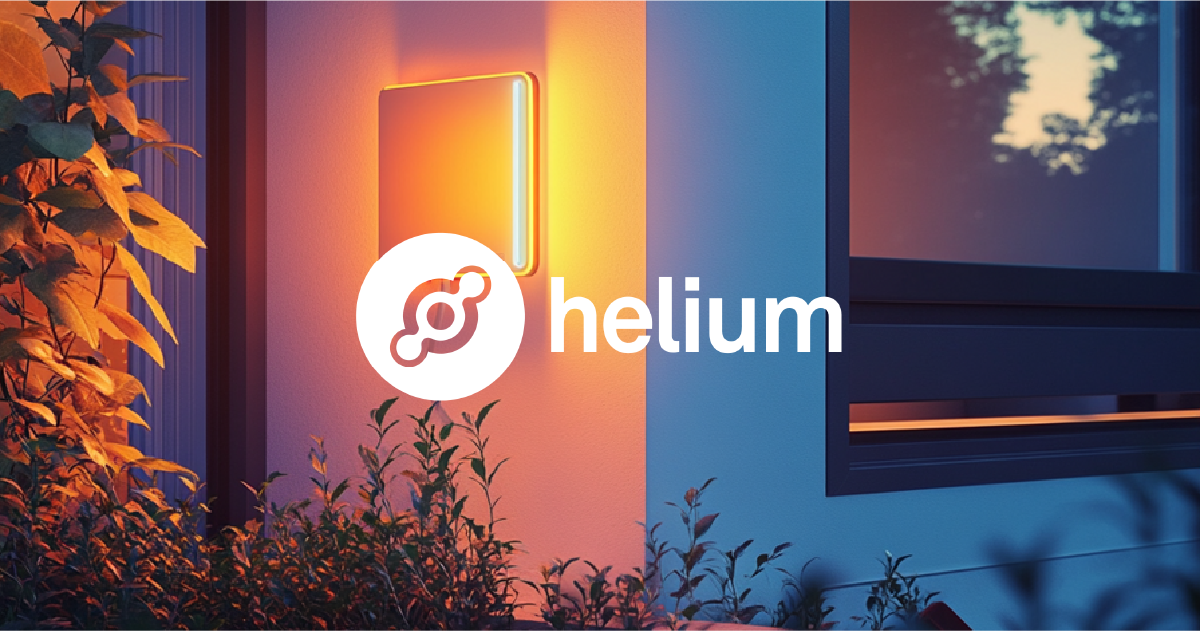The Web2 Company That Took Users Into Web3—Silently
February 4, 2025
The Decentralised Physical Infrastructure Networks (DePIN) market has been making waves in recent months, demonstrating exceptional growth as other sectors face headwinds.
Fundraising activity has followed suit, growing by a staggering 296% year-over-year. These numbers paint a compelling picture of a sector that’s not just growing, but thriving.
The Ecosystem Expands
Driven by a wave of investor confidence, the DePIN ecosystem is thriving. Over 100 initiatives are currently in development, demonstrating the strong belief in the transformative potential of this emerging sector.
The message is clear: Developers and investors alike are recognising the transformative potential of DePIN.
One standout example of this innovation is Helium, a company that is pioneering a decentralised approach to wireless connectivity. Helium’s ability to integrate blockchain technology seamlessly into everyday life has positioned it as a leader in the DePIN space.
Helium: A Closer Look
Helium’s mission is to create a decentralised wireless network powered by user-owned hardware, in this case, hotspots.
The Helium network supports both IoT (Internet of Things) devices and 5G cellular coverage and challenges traditional telecom giants like T-Mobile, Verizon, and AT&T.
Helium’s groundbreaking decentralised model disrupts traditional telecom infrastructure by eliminating the reliance on costly cell towers. Instead, it leverages a network of hotspots deployed by everyday users.
These hotspots not only extend internet connectivity to underserved areas but also empower users by rewarding their contributions with tokens. This innovative approach fosters a more cost-effective and scalable solution, democratising access to wireless connectivity.
At time of writing, the Helium network boasts over 375,000 IoT and Mobile hotspots and is growing exponentially.
This extensive coverage has enabled the launch of Helium Mobile, which offers unlimited phone plans in the U.S. at significantly lower prices than traditional carriers. At just $20 per month, these plans have already attracted over 112,000 new subscribers.
Furthermore, Helium’s partnership with traditional Web2 company, AT&T in June 2024, saw an influx of 756,000 additional real-time users.
The Business Opportunity
The growth of Helium Mobile is not just about affordability, it’s about innovation.
Through its Carrier Offload Program, Helium allows other carriers to use its network, thereby helping to bridge gaps in coverage. This collaborative approach benefits both Helium and its partners and showcases the versatility and potential of DePIN technologies.
The potential of Helium is immense. If just 3% of the U.S.’s 310 million mobile data subscribers offload to Helium, annual revenue could reach $51 million. As Helium expands internationally and data consumption continues to rise, the opportunities become even more compelling.
The Role of Tokenomics
Helium’s ecosystem utilises a suite of tokens, including $HNT, $MOBILE, and Data Credits (DCs). The $HNT token acts as the backbone, with emissions allocated to various subnetworks like Mobile and IoT. As users access the network, they consume DCs, which are purchased using $HNT. This process burns $HNT tokens, thereby reducing supply and driving value.
However, the current revenue from network usage doesn’t yet match emissions, which has created a temporary imbalance. The upcoming halving event in August 2025 will cut $HNT emissions, helping to stabilise this dynamic.
In the meantime, Helium’s monetisation efforts, particularly through the Carrier Offload Program, are expected to offset these pressures.
The Future of DePIN
DePIN represents a paradigm shift in how blockchain technology integrates with real-world applications.
By seamlessly embedding blockchain into everyday use cases, often without users even realising it, DePIN projects like Helium are driving mainstream adoption.
But challenges still remain. DePIN projects must ensure their networks generate sustainable revenue once initial incentives diminish.
For investors, this means closely monitoring operating costs versus revenue to identify viable opportunities.
Final Thoughts
The DePIN sector is on an exciting trajectory, with Helium leading the charge.
While the current risks warrant a cautious approach, the long-term potential of this space is undeniable.
As DePIN continues to evolve, it’s poised to disrupt more traditional industries and empower individuals to participate in a future built upon decentralised infrastructure.
Staying informed about developments, particularly Helium’s progress, is crucial for navigating this evolving space. With innovation at its core, DePIN is on its way to becoming a defining narrative in the blockchain space.
The comments, opinions, and analyses expressed in this article are for informational purposes only, and it should not be referenced as Financial Advice.

